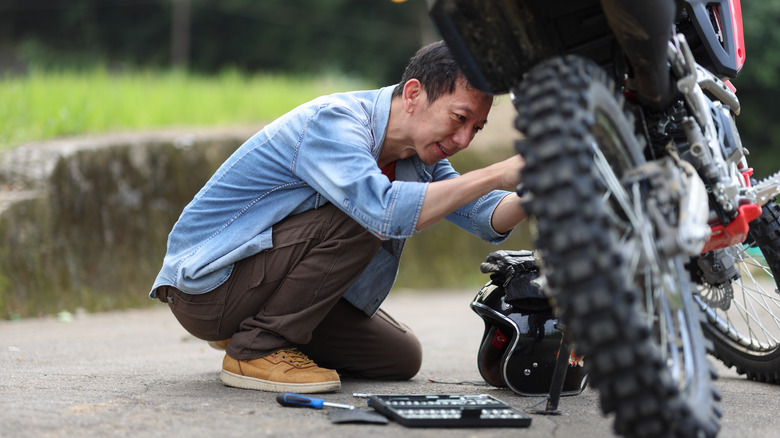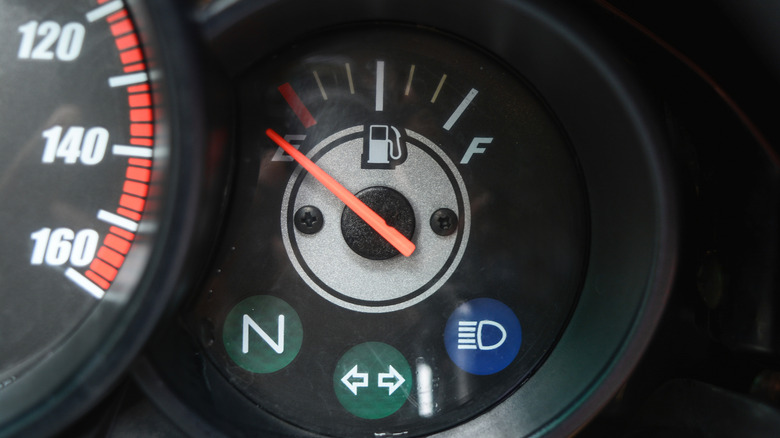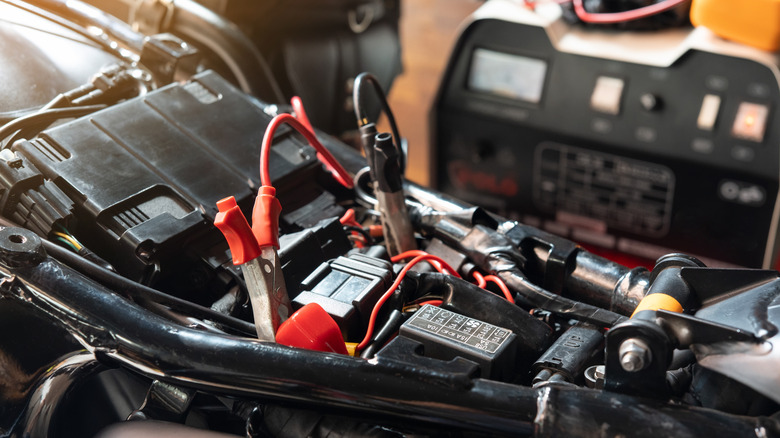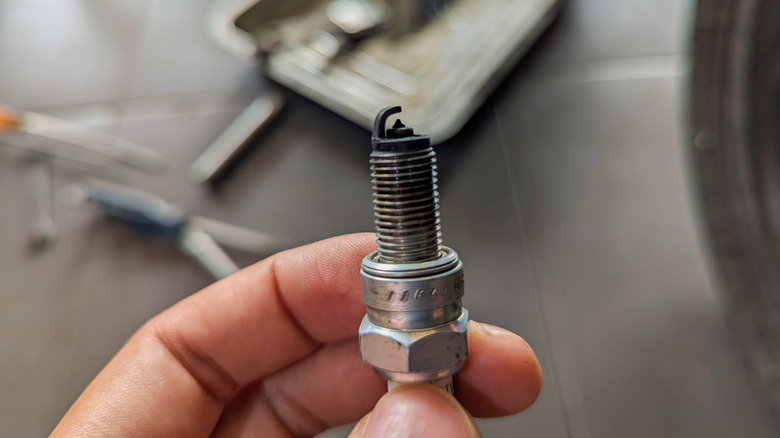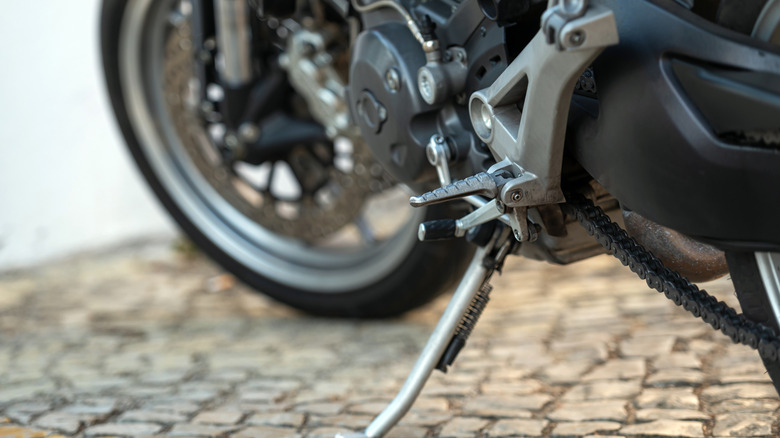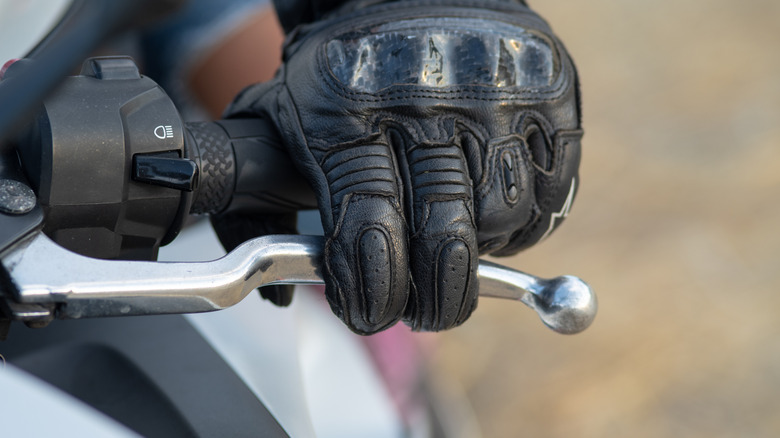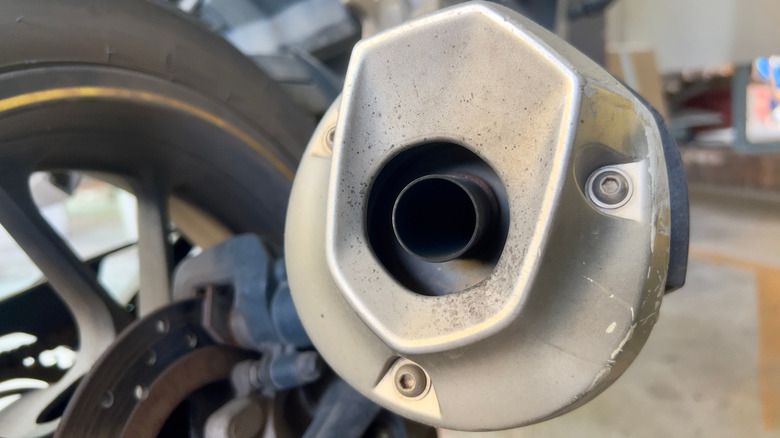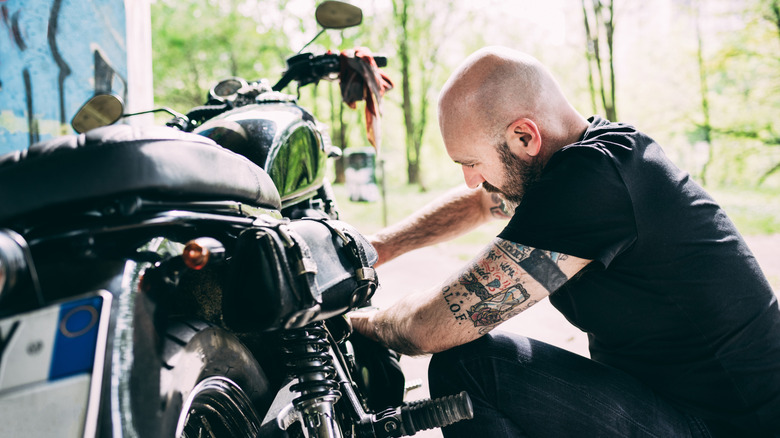6 Common Reasons Your Motorcycle Won't Start
Nothing kills the excitement of a ride faster than a motorcycle that refuses to start. You turn the key, press the starter, and — nothing. Maybe the engine cranks but won't fire up, or the bike is completely lifeless. Either way, it's a frustrating experience that can leave you stranded.
Motorcycle starting problems usually come down to a handful of common issues. A dead battery is a usual suspect, but fuel delivery problems, electrical faults, or even a faulty kill switch can also be to blame. Sometimes, the fix is as simple as tightening a loose battery connection or replacing stale fuel. Other times, you'll need to dig deeper.
Choosing to ignore these problems can prevent your motorcycle from starting or lead to even bigger issues. As such, it's always a good idea to troubleshoot starting issues early on. But before you start tearing your bike apart, it's best to check the simple things first. Let's go over the common reasons why your motorcycle won't start and what you can do about them.
Empty fuel tank or fuel system issues
Before diving into the more complex diagnostics, start with the basics — do you have enough fuel? It might seem obvious, but a surprisingly high number of no-start issues come down to an empty or nearly empty tank. If your battery is working and your gauges power on, check the fuel level first. If the tank is low, refilling it could be all it takes to get back on the road.
However, if your motorcycle still won't start despite having fuel, the problem could lie in the fuel itself. Is the fuel fresh? Fuel that's been sitting in the tank longer than 30 days may have gone bad, leading to combustion issues. Also, check if there are any issues like a clogged filter. Over time, debris and contaminants can block fuel flow, which can starve the engine. Similarly, kinked or damaged fuel lines can restrict fuel delivery. If you spot any sharp bends in the fuel lines, try straightening them, but if they're cracked, the only fix is replacement.
If your bike has a manual petcock valve, make sure it is in the right position. It should be on "ON" for normal operation, "RES" to access the reserve fuel, and "OFF" when storing the bike. If your motorcycle is fuel-injected, try listening for the fuel pump when you turn the key. If there's no sound, then a blown fuse in the fuel pump circuit could be the problem.
Check for a dead battery
If your motorcycle refuses to start and there's no sign of life when you turn the key, a dead battery might be the cause. While a discharged battery might be revived with a charge, a truly dead battery often needs replacement. But first, you need to confirm whether the battery is truly dead or just discharged. If your lights have been dimming lately or you hear a clicking noise when you hit the ignition – often called the click of death – the battery needs attention: Start with cleaning the terminals and attempting a charge. If charging doesn't solve the problem, test the battery's health and have the alternator checked for proper function. It's also worth noting that a faulty alternator can prevent the battery from charging properly, leading to these same symptoms.
Start with a visual inspection. Look for cracked terminals, leaking fluid, corrosion buildup, or any swelling on the battery case. If the battery looks fine, try turning on the headlight. A bright light indicates that the battery is still good, while a dim or unresponsive headlight points to a drained or faulty battery. Another quick test is to listen for clicking noises when you press the starter. A weak battery usually produces a faint clicking sound, while a dead one may do nothing at all.
To diagnose the motorcycle battery more accurately, use a digital multimeter to check the voltage. A healthy 12V battery should read at least 12.06V, which means that it holds at least 50% charge. If the reading is lower, the battery may no longer hold a proper charge and should be replaced.
Faulty spark plugs
If your motorcycle cranks but refuses to start, faulty spark plugs could be the problem. Spark plugs are responsible for igniting the air-fuel mixture in the engine. When they fail, your bike won't fire up, even if everything else is in working order. Replacing them typically fixes the issue.
Before replacing them, first, inspect their condition. If they're covered in carbon buildup, oil, or grime, they might not be generating a strong enough spark. Cleaning them can sometimes restore function, but if they look corroded or damaged, it's best to replace them entirely. You'll also need to properly gap the spark plugs before installation. Spark plugs are affordable, and swapping them all at once can lead to an even performance.
Aside from causing starting issues, bad spark plugs can also lead to poor fuel efficiency, loss of power, slow throttle response, or even engine misfires. Have you noticed any of these signs recently? Your spark plugs could be due for a change. Make sure to check that they're properly seated and free of moisture before assuming there's a bigger problem at play.
Kill switch & kickstand switch issues
Sometimes the reason your motorcycle won't start is simpler than you think. The kill switch acts as an emergency stop mechanism, allowing the rider to instantly shut off the engine. It is a built-in safety feature designed to prevent accidents. However, it can stop your engine from starting if engaged by mistake.
If you have recently used the kill switch, it might still be engaged, cutting power to the ignition. Most motorcycles have this switch on the right handlebar, and it's easy to forget it's still on. Try flipping it off and then back on to reset the system. This simple step can often solve the problem in seconds.
The kickstand safety feature is a common feature on motorcycles. This system uses a sensor that prevents the engine from starting if the kickstand is down. This is a safety measure to stop riders from accidentally taking off with the stand extended. If your bike refuses to start, check that the kickstand is fully retracted. Even a slightly lowered position can trigger the cutoff. If the problem persists, the kickstand sensor might be faulty and need cleaning or replacement.
Disengaged clutch or brake
Many bikes require the clutch to be engaged before the engine will fire up, even if the gearbox is in neutral. If your bike won't start, try pulling in the clutch and trying again. This could be the quick fix you need. While automatic motorcycle owners don't need to use a clutch lever to start their bikes, they'll still need to engage a safety interlock, such as applying the brakes, before the engine will start. For instance, the Honda CB650R and the CBR650, with their E-Clutch technology, eliminate the use of a manually controlled clutch lever. However, riders will likely need to have at least one brake engaged.
Some motorcycles come with a clutch safety switch. This mechanism is designed to prevent the engine from starting unless the clutch is fully engaged. It's an important feature because it ensures that the bike doesn't lurch forward unexpectedly when started in gear. Experienced riders often squeeze the clutch by habit, but if you don't, it's an easy step to overlook.
If engaging the clutch doesn't get the motorcycle to start, there might be a problem with the clutch switch itself. Try pumping the clutch lever a few times to see if it resets. When you pull the clutch lever, it sends a signal to the motorcycle's electronic control unit (ECU) or starter circuit, telling the bike it is safe to start. If the signal isn't received due to a faulty switch, the engine won't crank. In such cases, you might need to clean or replace the switch.
Petcock, vacuum lines, muffler, and choke issues
If your motorcycle isn't starting, the issue could be linked to the petcock. This component regulates the flow of fuel from the tank to the engine. Over time, debris can clog the petcock and disrupt the fuel supply. Shaking the valve might loosen minor blockages. However, if it is corroded or heavily clogged, replacing it is a better long-term fix. The petcock is connected to the vacuum line. Any cracks or leaks in this line can lead to fuel starvation, so replacing a damaged vacuum line is important.
If your carbureted motorcycle is hard to start, especially after a temperature change, the choke might be the problem. The choke adjusts the fuel-air mixture, which can be affected by sudden temperature changes. Remember to engage the choke (usually by pulling a lever) for cold starts and disengage it as the engine warms up.
What to do when your motorcycle doesn't start
You're sitting on your bike, turning the key, pressing the starter — nothing. Before assuming the worst, it's always important to check the simple things first. First, check the fuel tank. Is there enough gas? While you're at it, check the fuel tank to ensure that the fuel is fresh. Stale or contaminated gas can prevent ignition. So, if you're motorcycle has been sitting for a while, you should drain and refill the tank.
If your bike has a petcock, make sure it's in the right position. If fuel isn't the issue, move on to the battery. Dim lights or clicking sounds likely mean it needs a charge or replacement. If the battery is the problem, a bump start (push starting) might get you moving, but you'll probably still need to address the underlying battery issue. Next, verify that the kill switch is disengaged, the clutch is pulled in, and the kickstand is fully retracted, as many motorcycles have safety features that prevent starting if these aren't in the correct position.
The next step is to check for a spark. For this test, you'll need to remove a spark plug, lay it against the engine head, and crank the engine. If you see a strong spark, then ignition is likely functioning properly. If the bike still won't start, inspect the fuel system for clogged filters or blocked lines.
